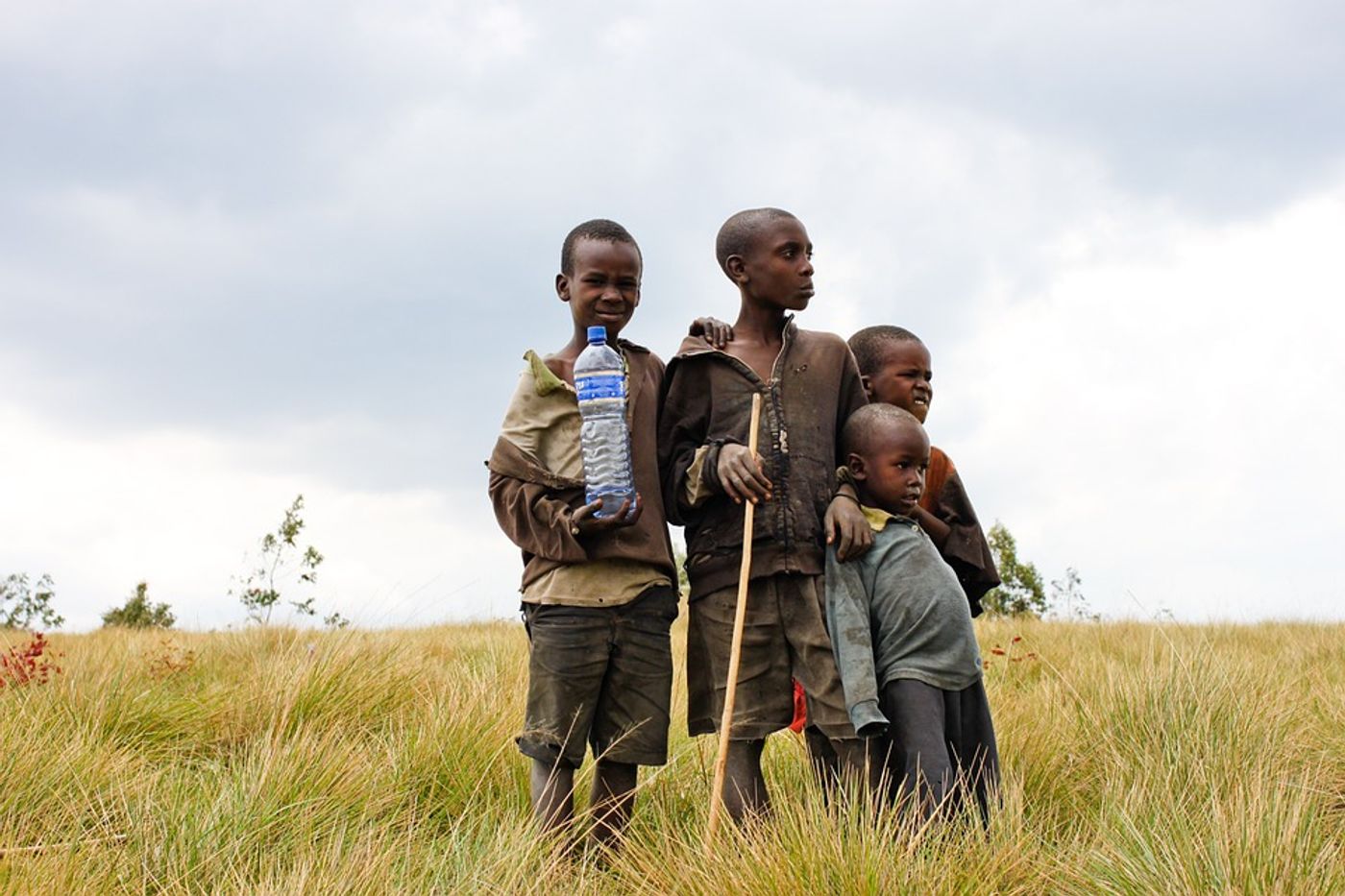La Niña is associated with higher incidence of life-threatening diarrhea
Findings published recently in the journal Nature Communications suggest that La Niña climate conditions are linked to an increase in the incidence of life-threatening diarrhea in young children. The study was carried out in Botswana by Columbia University Mailman School of Public Health scientists.
The study focused on the Chobe region in northeastern Botswana to determine the associations between El Niño-Southern Oscillation (ENSO ) climate conditions and cases of diarrhea in children under five years old. Briefly, ENSO refers to the ocean-atmosphere system in the Pacific Ocean that oscillates between two extremes: El Niño (warmer ocean temperatures) and La Niña (cooler ocean temperatures). These oscillations typically occur in 3-to-7-year cycles. Want to learn more about ENSO? Watch the video below!
The study showed La Niña to be associated with cooler temperatures, increased rainfall, and higher flooding during the rainy season. These conditions were subsequently demonstrated to be associated with a roughly 30% rise in the incidence of under-5 diarrhea in the early rainy season. This finding causes alarm due to the significant threat that waterborne illnesses pose in the region, where diarrhea is the second leading cause of death in children younger than five years of age.
"In Southern Africa, precipitation is projected to decrease," contemplates co-author Jeffrey Shaman, PhD, who is a professor of environmental health sciences at the Columbia Mailman School. "This change, in a hydrologically dynamic region where both wildlife and humans exploit the same surface water resources, may amplify the public health threat of waterborne illness. For this reason, there is an urgent need to develop the water sector in ways that can withstand the extremes of climate change."
This knowledge is crucial for public health management and the team of researchers hope that their findings will act as a foundational early-warning system that helps public health officials prepare for periods of increased diarrhea cases as long as seven months ahead of time.
"These findings demonstrate the potential use of the El Niño-Southern Oscillation as a long-lead prediction tool for childhood diarrhea in southern Africa," says first author Alexandra K. Heaney, who is currently a postdoc at University of California, Berkeley. "Advanced stockpiling of medical supplies, preparation of hospital beds, and organization of healthcare workers could dramatically improve the ability of health facilities to manage high diarrheal disease incidence."
Sources: Nature Communications, Science Daily









